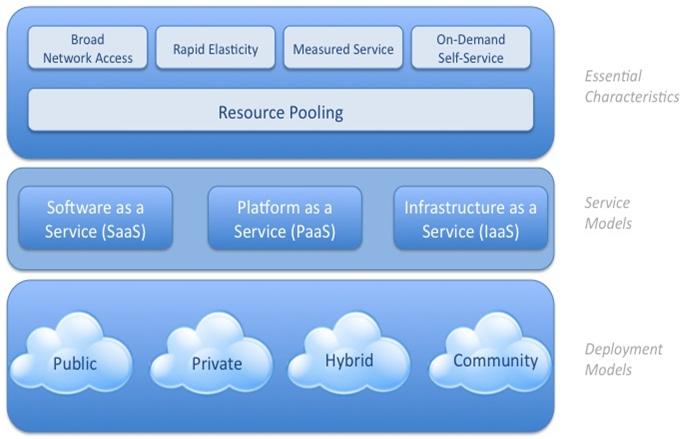
Talking of public cloud, provisioning storage, launching VMs and configuring networks are no more cutting edges. New IaaS capabilities enable enterprises to operate their workloads in the cloud. Innovative Cloud services are helping organisations drive transformation through agility, cost effectiveness and reduced IT complexities. With IaaS evolving at a rapid rate, the public cloud is seemingly gearing up to the next level.
Cloud providers have already started investing in emerging cloud technologies that will deliver managed services to the customers. Here are six disruptive trends that are shaping the future of the public cloud.
Serverless Computing:
Serverless Computing or more precisely, FaaS(Functions as a Service) focus on code instead of infrastructure – delivering what PaaS promises. It enables developers to write modular functions that perform one task at a time. By writing and executing multiple such functions, a meaning and complex application is built. The best part is, it allows developers select framework, language and runtime of their choice instead of using a particular platform. This implies, each developer has liberty to choose his preferred language and deliver a module.
Serverless Computing or FaaS is rapidly becoming the most preferred way of running code in the cloud.
Blockchain as a Service:
Bitcoin is considered dead long ago, but the technology behind it is alive and kicking to make public cloud all the more powerful. Blockchain is a cryptographic data structure used to create a digital ledger of the transaction happening across distributed networks of computers. It eliminates the need for central authority as cryptography is the only medium to manipulate ledger. However, in this environment, transactions are immutable meaning operations once made cannot be modified. Transactions are verified by the parties involved in the transaction.
Blockchains have many use cases in the domains spanning across manufacturing, finance, healthcare, supply chain and real estate.
Cognitive Computing:
Cognitive Computing adds human senses to the computers. It simulates human thoughts by applying latest technologies like natural language processing, machine learning, neural networks, deep learning and of course, artificial intelligence.
Multiple factors fuelling the trend of Cognitive Computing are affordable hardware, abundant storage, seamless connectivity and compute capacity.
Heavy lifting needed to process the inputs for cognitive computing is handled by deep-pocketed cloud providers. Only the simplest of APIs are exposed for the developers to comprehend and build compelling interfaces for applications.
Data Science as a Service:
Managed NoSQL and relational database started data revolution in the cloud but Hadoop and Big Data empowered the public cloud.
Public Cloud Data Platform takes care of everything spanning from data ingestion to processing, analysis and visualisation. Machine Learning for data enables organisations to tap the power of data analysis and execute predictive analytics.
As organisations are shifting data to the public cloud, they will be catered with an end-to-end approach by the cloud providers for more actionable insights to customers.
Verticalized IoT PaaS:
Internet of Things – the next big thing that is taking distributed computing network by storm already is deployed by organisations for device management capabilities, predictive analytics, data processing pipelines and business intelligence.
Mainstream cloud providers are reaping the benefits of IoT to drive device management, data processing capabilities and cloud-based M2M connectivity.
It is expected that going forward; the cloud providers will use IoT platforms to target automobiles, retail, manufacturing, healthcare and consumer markets. It is soon going to become the prime enabler for Data Science as a Service.
Containers as a Service:
Containers have already buzzing in the cloud market. Though it is as young as two years old, enterprises are readily using containers alongside VMs.
New categories like orchestration, logging, security, monitoring and container management are evolving rapidly. However, when microservices and container workloads become mainstream, they will increasingly dominate the public cloud deployment space. It is poised to be the fastest growing delivery model in the arena of the public cloud.
In conclusion, it is inferred that future of cloud is dictated by the data driven applications powered by Blockchains and IoT. Containers, Serverless Services and the Microservices will be used to deal with the abundance of data hitting the cloud!





